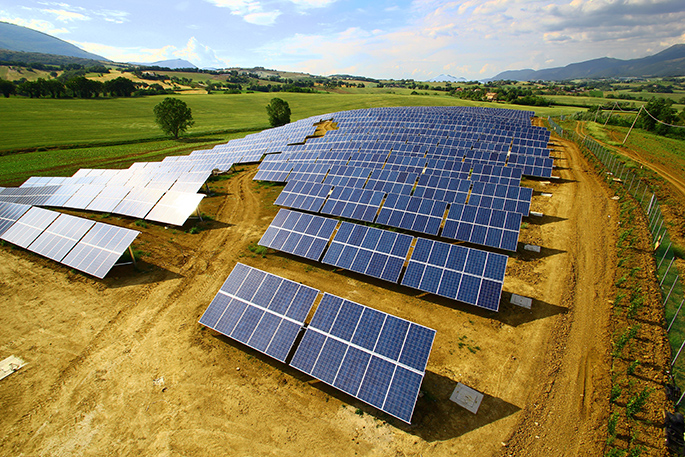
You may have noticed a rising interest in recycling; but what about composting? The organic trash–vegetables, fruit, coffee grounds, leaves, twigs–that humans generate each day eventually degrades when buried in a landfill. When it breaks down it produces methane, which contributes significantly to climate change. Solar composting is a recycling innovation that can reduce harm to the environment by reducing methane released into the atmosphere.
Methane is a greenhouse gas
In the United States, methane is second only to carbon dioxide in human-generated greenhouse gas emissions. It has a shorter life in the atmosphere, but it traps more radiation than carbon dioxide. In determining its contribution to climate change, the Environmental Protection Agency calculates that a pound of methane has 20 times the environmental impact of a pound of carbon dioxide.
Composting can help
Human-generated methane is a byproduct of fracking, coal mining, natural gas, petroleum production, and domestic livestock operations. Individuals and families generate methane via the organic wastes they send to landfills.
The EPA Composting website cites many benefits for composting organic wastes. Composting generates a nitrogen rich fertilizer which improves soil texture and promotes higher-yield crops. It reduces the methane emitted into the air. It reduces organic wastes, facilitates its reuse, and it can extend the life of a landfill by reducing garbage. Industrial composting operations can generate enough compost to market as a landfill cover or soil treatment.
Traditional composting
Traditional composting can seem like an endless stream of tasks. It requires you to sort and set aside organic waste each day. It needs mix a balance of green garbage, brown garbage, and water. You must rotate the contents regularly, and control oxygen flow and temperature. If you perform your tasks properly, your compost could be ready in two to three months. If you do not, it could take far longer.
Solar Composting
Solar composting doesn’t eliminate the basics. But it can make the process easier and faster by using the sun’s energy to increase temperature and regulate moisture and airflow.
Solar power is the driving force behind the Extended Aerated Static Piles (eASP) prototype in Joaquin Valley. The eASP uses solar energy instead of diesel fuel to aerate composted materials. It’s part of an effort to reduce emissions, as well as energy, land, water usage, and the production of volatile organic compounds (VOCs).
Also, New York’s largest rooftop farm’ the Brooklyn Grange has added solar powered composting to their local sustainability efforts. It allows food waste and scraps gathered from local restaurants and residents. This in turn provides a valuable fertilizer right at the farm’s fingertips.
Solar powered composter units come in a range of styles and sizes. Smaller units are convenient for backyard or even back porch composting. Larger bins are often a component of community “recycling kiosks” stationed in public spaces, such as parks and outdoor markets. These kiosks often include garbage, recycling, and composting bins that help get the community involved with little effort.
The year round heat produced by a solar compactor encourages the bacteria production that can reduce composting time to as little as 14 days. Not only does solar powered composting offer a steadier supply, it’s a greener alternative that reduces energy demands and environmental stress.




































































































































 Three Ways to Engage Teams and Clients to Maximize Your Recycling Program Engagement
Three Ways to Engage Teams and Clients to Maximize Your Recycling Program Engagement  How to Integrate Accessibility Into Your Sustainability Planning
How to Integrate Accessibility Into Your Sustainability Planning  Why Park Benches Can Promote Workplace Well-Being
Why Park Benches Can Promote Workplace Well-Being 
